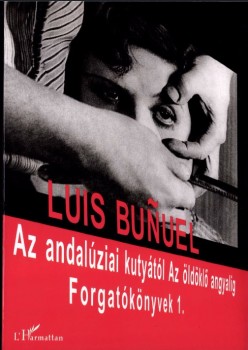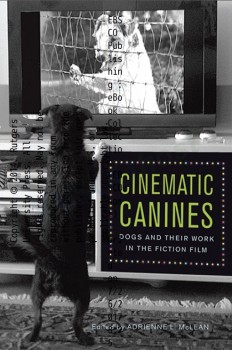Sághy Miklós: Az irodalomra közelítő kamera – XX. századi magyar irodalmi művek filmes adaptációi
A kötet elméleti részének jelentősége alapvetően nem az információk újszerűségében rejlik, s nem is az adaptációelméleti munkák sokat citált példáiban. Sághy összeollózza az adaptáció körül kialakult hazai és idegennyelvű diskurzusok főbb tételeit, de saját reflexióival egészíti ki, összefüggéseiben láttatja azokat és a mögöttük megbúvó prekoncepciókat – a kötet már csak ezzel is nagy segítséget nyújthat a kezdő kutatóknak kiigazodni a mozgóképes szakirodalom tengerében.






